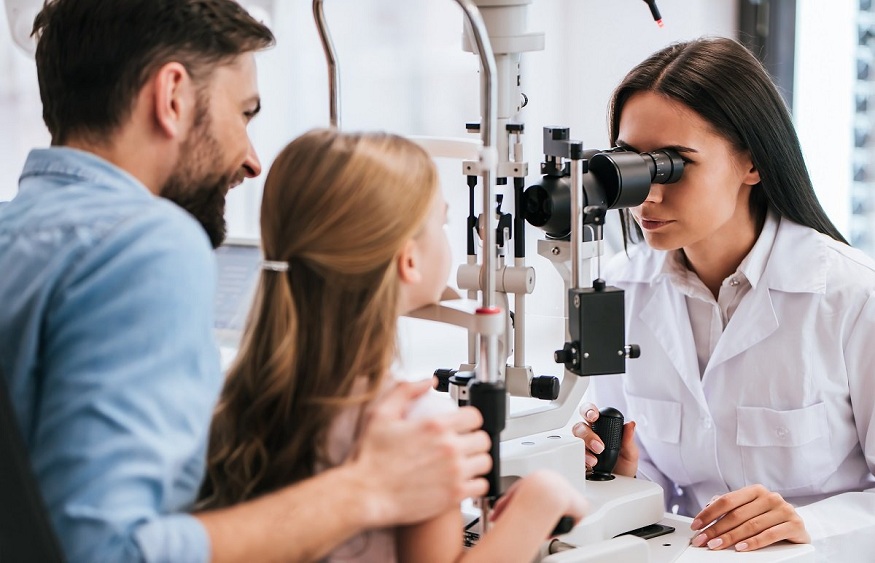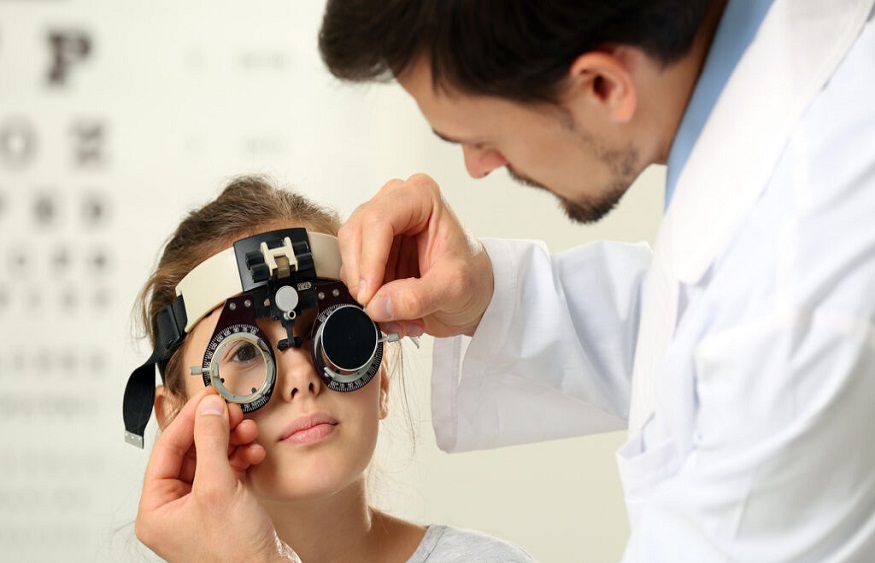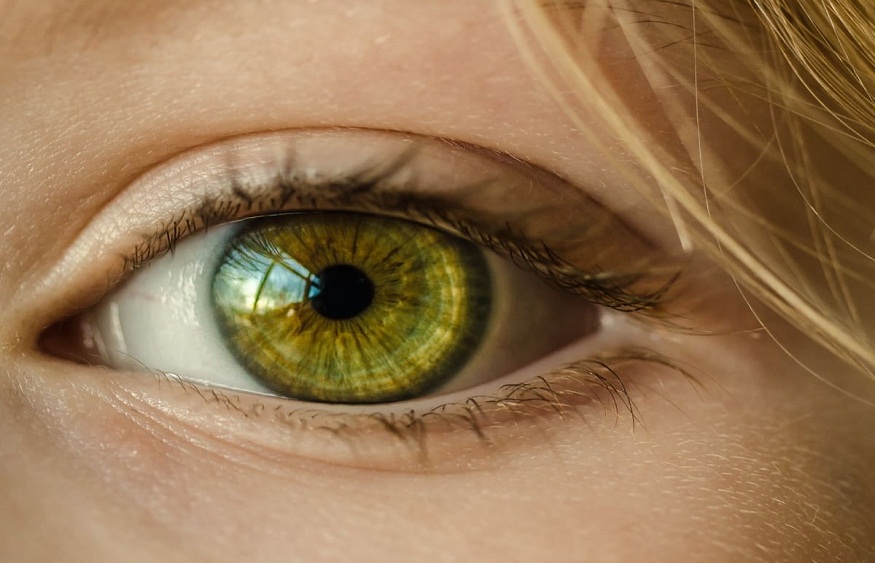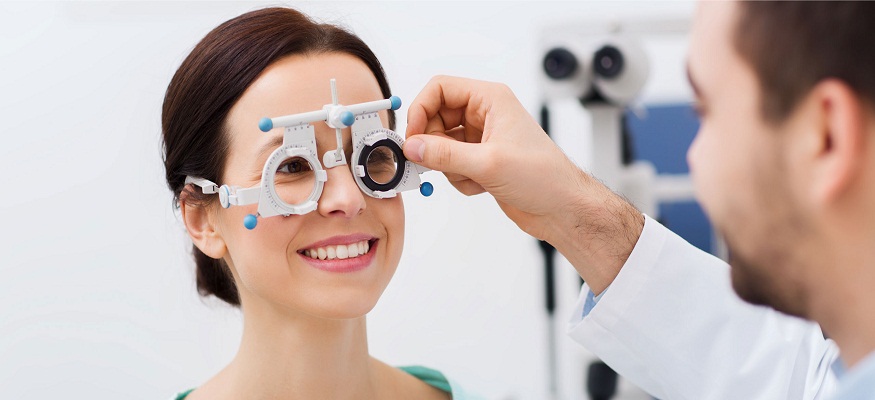Myopia, also known as nearsightedness, is characterised by the inability to see objects at a distance as distinctly as those up close.
This condition typically affects infants and adolescents under the age of 20. A teacher or parent may observe a child straining to see the blackboard or television. Also common are migraines, frequent blinking and rubbing of the eyes, and the inability to notice distant objects.
Causes
If the cornea — the transparent front portion of the eye — is too steeply curved, you will be nearsighted. Myopia can also be caused by an ocular that is too long in relation to the focusing ability of the lens and cornea. As a result, the light entering your eye will not be properly focussed, causing distant objects to appear blurry.
However, the causes of these flaws are still up for debate. Heredity and visual stress rank among the primary candidates. If both parents are nearsighted, the danger to the child increases. Excessive reading, computer use, and other duties that require the eyes to focus on close objects are examples of visual stress.
Eye problems can also be symptoms of other conditions, such as diabetes or the development of a cataract in the eye.
Evaluation and Diagnosis
Doctors of optometry examine patients’ vision by having them read letters on a Snellen chart situated at a distance from the patient. Additionally, your doctor may use illuminated instruments to determine the focusing ability of your eyes. Occasionally, eye specialists utilise eye drops to dilate the pupils. This temporarily prevents the eyes from altering focus, allowing for a more thorough examination.
After completing the examination, your eye specialist can determine whether you have myopia. If you have myopia, you and your ophthalmologist will discuss treatment options.
Options for Non-Surgical Treatment
The most commonly prescribed and least invasive treatment for myopia is eyeglasses. However, depending on the severity of your nearsightedness, you may be required to wear spectacles some or all of the time. If you also have difficulty seeing up close, your eye doctor may recommend bifocals. Popular among patients over the age of 40, these magnify both distant and nearby objects for enhanced clarity.
Contact lenses can expand your field of vision and improve your vision clarity. However, extra attention and cleaning are required since they are worn directly on the eye. Contact lenses are not recommended for those uncomfortable with touching their eyes.
Orthokeratology, also known as corneal refractive therapy, entails reshaping the cornea’s curvature through the use of rigid contact lenses. This therapy modifies how light penetrates the eye, eventually correcting its focusing ability. Patients must continue to wear these specialised contact lenses to maintain orthokeratology’s effects.
Options for Surgical Treatment
In recent decades, laser procedures such as photorefractive keratectomy and LASIK have become more prevalent. The ophthalmologist uses laser energy to remove a small quantity of corneal tissue during laser vision correction surgery, thereby reshaping the cornea and correcting the refractive error that causes myopia.
People with extreme myopia may benefit more from another form of refractive surgery, such as refractive lens exchange (RLE). The ophthalmologist directly implants a corrective lens into the eye. This lens is either situated directly in front of the eye’s natural lens or completely replaces it.




